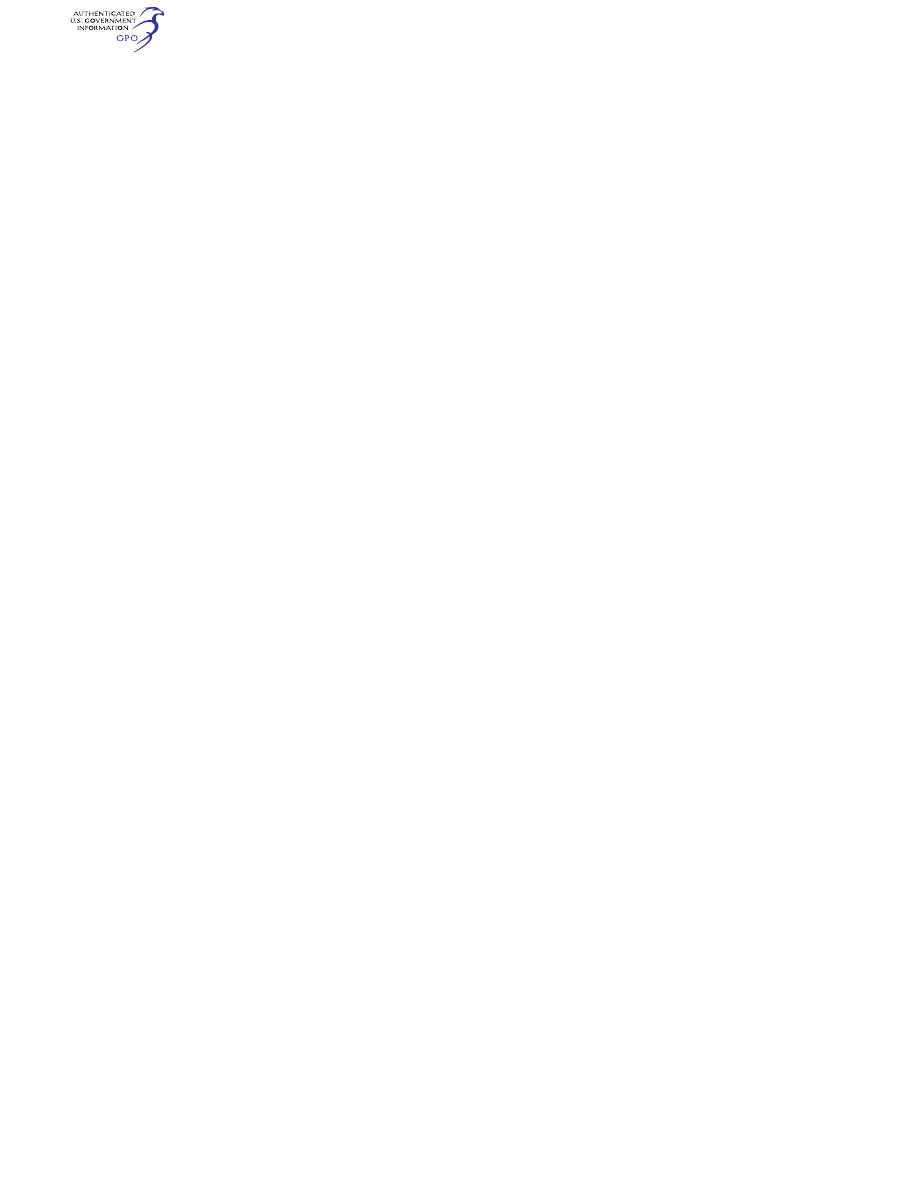
707
Federal Aviation Administration, DOT
§ 33.35
(1) Alert the pilot when the engine is
at the 30-second OEI and the 2-minute
OEI power levels, when the event be-
gins, and when the time interval ex-
pires;
(2) Automatically record each usage
and duration of power at the 30-second
OEI and 2-minute OEI levels;
(3) Alert maintenance personnel in a
positive manner that the engine has
been operated at either or both of the
30-second and 2-minute OEI power lev-
els, and permit retrieval of the re-
corded data; and
(4) Enable routine verification of the
proper operation of the above means.
(d) The means, or the provision for a
means, of paragraphs (c)(2) and (c)(3) of
this section must not be capable of
being reset in flight.
(e) The applicant must make provi-
sion for the installation of instrumen-
tation necessary to ensure operation in
compliance with engine operating limi-
tations. Where, in presenting the safe-
ty analysis, or complying with any
other requirement, dependence is
placed on instrumentation that is not
otherwise mandatory in the assumed
aircraft installation, then the appli-
cant must specify this instrumentation
in the engine installation instructions
and declare it mandatory in the engine
approval documentation.
(f) As part of the System Safety As-
sessment of § 33.28(e), the applicant
must assess the possibility and subse-
quent effect of incorrect fit of instru-
ments, sensors, or connectors. Where
necessary, the applicant must take de-
sign precautions to prevent incorrect
configuration of the system.
(g) The sensors, together with associ-
ated wiring and signal conditioning,
must be segregated, electrically and
physically, to the extent necessary to
ensure that the probability of a fault
propagating from instrumentation and
monitoring functions to control func-
tions, or vice versa, is consistent with
the failure effect of the fault.
(h) The applicant must provide in-
strumentation enabling the flight crew
to monitor the functioning of the tur-
bine cooling system unless appropriate
inspections are published in the rel-
evant manuals and evidence shows
that:
(1) Other existing instrumentation
provides adequate warning of failure or
impending failure;
(2) Failure of the cooling system
would not lead to hazardous engine ef-
fects before detection; or
(3) The probability of failure of the
cooling system is extremely remote.
[Amdt. 33–5, 39 FR 1831, Jan. 15, 1974, as
amended by Amdt. 33–6, 39 FR 35465, Oct. 1,
1974; Amdt. 33–18, 61 FR 31328, June 19, 1996;
Amdt. 33–25, 73 FR 48123, Aug. 18, 2008; Amdt.
33–26, 73 FR 48285, Aug. 19, 2008]
Subpart C—Design and Construc-
tion; Reciprocating Aircraft
Engines
§ 33.31
Applicability.
This subpart prescribes additional de-
sign and construction requirements for
reciprocating aircraft engines.
§ 33.33
Vibration.
The engine must be designed and con-
structed to function throughout its
normal operating range of crankshaft
rotational speeds and engine powers
without inducing excessive stress in
any of the engine parts because of vi-
bration and without imparting exces-
sive vibration forces to the aircraft
structure.
§ 33.34
Turbocharger rotors.
Each turbocharger case must be de-
signed and constructed to be able to
contain fragments of a compressor or
turbine that fails at the highest speed
that is obtainable with normal speed
control devices inoperative.
[Amdt. 33–22, 72 FR 50860, Sept. 4, 2007]
§ 33.35
Fuel and induction system.
(a) The fuel system of the engine
must be designed and constructed to
supply an appropriate mixture of fuel
to the cylinders throughout the com-
plete operating range of the engine
under all flight and atmospheric condi-
tions.
(b) The intake passages of the engine
through which air or fuel in combina-
tion with air passes for combustion
purposes must be designed and con-
structed to minimize the danger of ice
accretion in those passages. The engine
must be designed and constructed to
VerDate Sep<11>2014
09:06 Jun 28, 2024
Jkt 262046
PO 00000
Frm 00717
Fmt 8010
Sfmt 8010
Y:\SGML\262046.XXX
262046
jspears on DSK121TN23PROD with CFR
